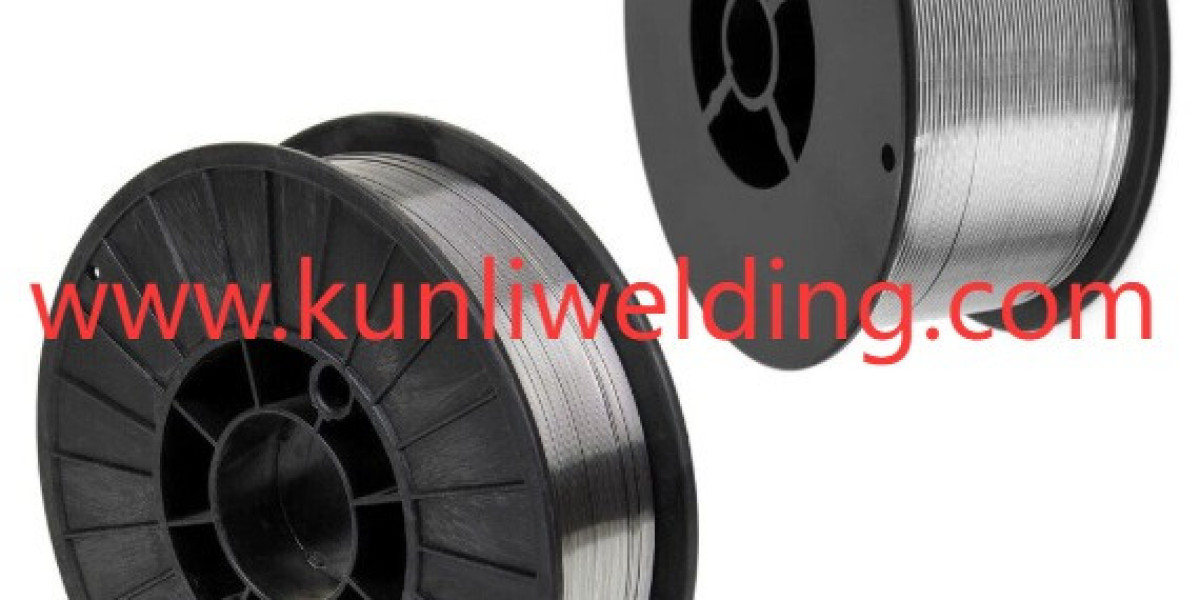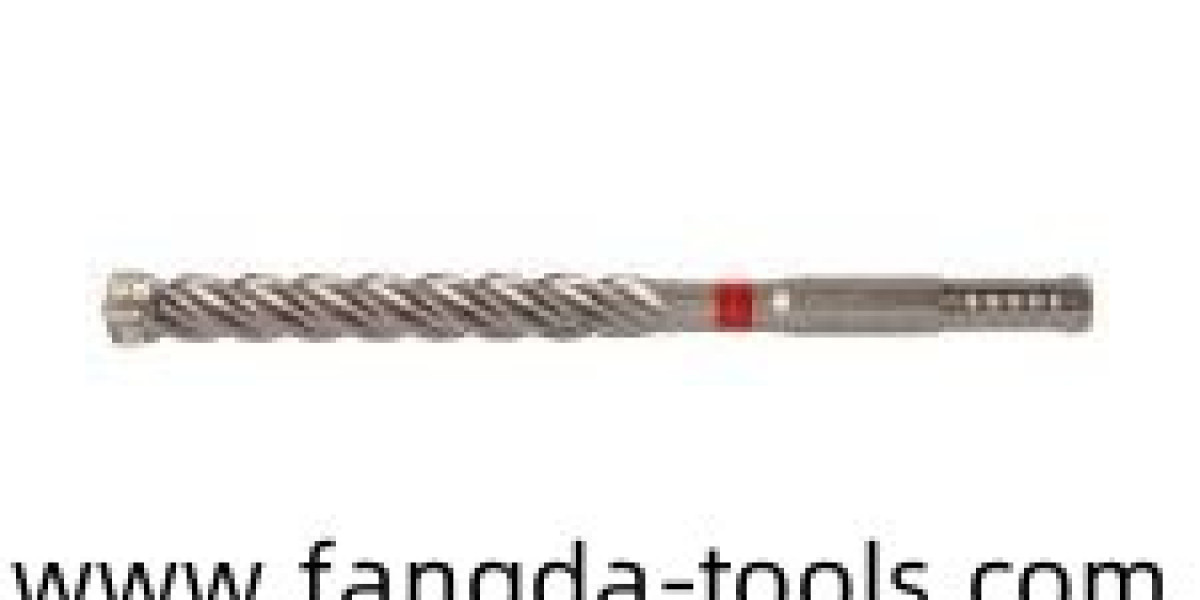Across modern fabrication sectors where lighter structures and sustainable design are driving material choices, Aluminum Welding Wire ER4943 often figures into discussions about joining 6000 series alloys. Fabricators dealing with electric mobility, façade systems and modular construction are looking for filler metals that balance weldability with service performance, and this wire is frequently considered for those demands. The profile of this filler makes it a practical option for joining parts that require consistent bead shape and corrosion resistance in varied environments.
One reason fabricators turn to this filler is its compatibility with common 6000 series base metals. When a filler matches the parent metal chemistry well, the deposited weld tends to show predictable mechanical traits and surface behavior after finishing. That helps when assemblies receive decorative coatings or protective surface treatments since welds that blend with the base metal need less touch up. In practice this reduces secondary work and supports smoother assembly flow when projects move from welding to finishing.
Process stability matters on the shop floor. Welders and integrators appreciate a filler that feeds consistently and forms a steady arc, especially when switching between manual torches and automated feeders. Consistent feed behavior helps maintain bead geometry across long runs and reduces parameter tuning when production volumes shift. Suppliers that document recommended forms and handling routines support quicker setup on robotic cells and help fabricators keep cycle times steady as demand patterns change.
Service environments are shaping filler choices as well. Assemblies used outdoors or in coastal conditions need deposits that resist surface degradation. A filler that contributes to corrosion resistant joints eases maintenance planning and supports longer intervals between interventions for in service hardware. That is particularly relevant as infrastructure programs place emphasis on lifecycle performance and as mobility sectors pursue lighter, lower emission designs that rely on durable joints to meet long term expectations.
Managing distortion and dimensional control is another practical advantage. Some weld fillers help reduce shrinkage during fusion which preserves panel geometry and reduces the need for corrective shaping after welding. For large panels or thin shells where warpage can derail assembly tolerances, a filler that supports lower distortion simplifies fixture design and reduces cycle time. Fabricators working on modular elements or enclosure panels often find that predictable shrinkage behavior translates directly into fewer rework steps and faster handoffs.
Weld appearance remains a frequent concern for parts that are visible after assembly. When visual result is part of the specification, using a filler that wets and flows smoothly reduces grinding and blending. That matters for architects and product designers who expect uniform surfaces after finishing. Where anodizing or decorative treatments are planned, the right filler choice helps produce a more uniform finish tone and reduces the labor needed during surface preparation. Clear communication between design and welding teams about finish expectations prevents surprises during final assembly.
Procurement and supply considerations rarely sit apart from technical performance. Fabricators that standardize on a small set of reliable filler types reduce inventory complexity and simplify operator training. Suppliers that offer robust technical notes and packaging options tuned for different feeders make it easier for purchasers to match material forms to equipment. This practical alignment between supplier documentation and shop needs helps reduce qualification cycles when new alloys or part families enter production.
Adopting a new filler is also an operational decision. Teams that pair consistent filler chemistry with stable shielding practices and measured heat input see fewer surprises. Training that focuses on arc length, travel angle and heat control pays off across both manual and automated processes. When production demands change quickly, having a filler that behaves predictably under varied parameters reduces the time spent on process tuning and preserves throughput while maintaining service expectations.
For fabricators evaluating materials for 6000 series jobs, looking at supplier technical notes, available wire forms and handling recommendations helps align material choice with production methods and finish requirements. The manufacturing site provides product pages and technical news that describe how different fillers perform in practical joining scenarios. To review product formats and supporting guidance, consult the manufacturer site at www.kunliwelding.com and consider how filler selection interacts with your assembly methods and lifecycle planning.












